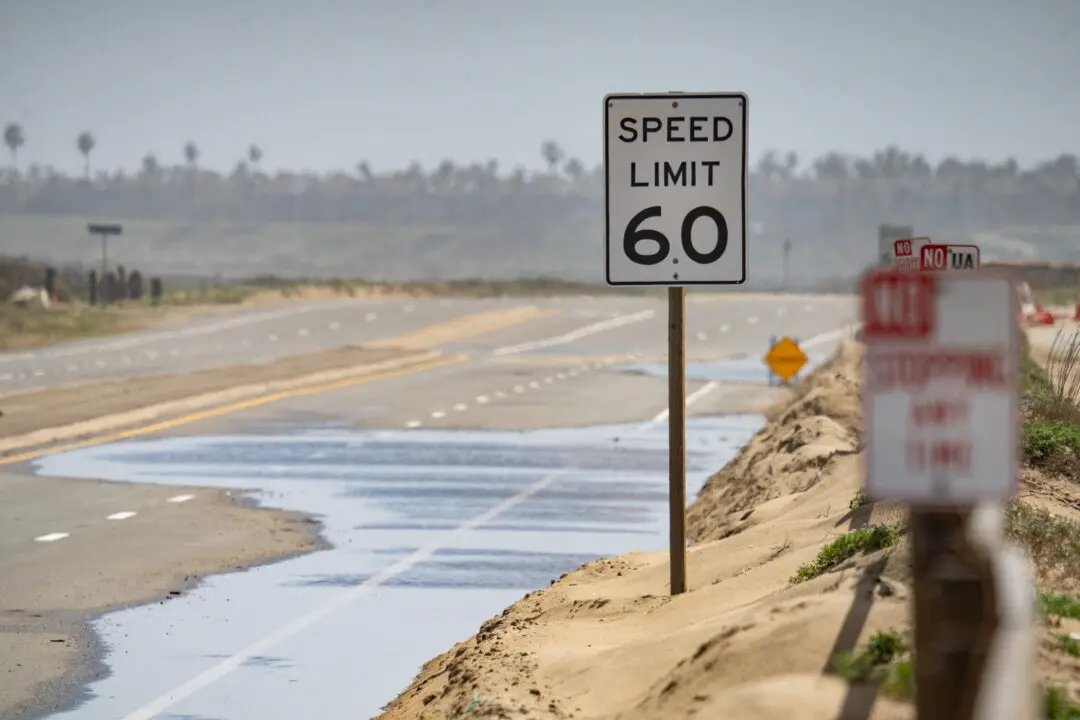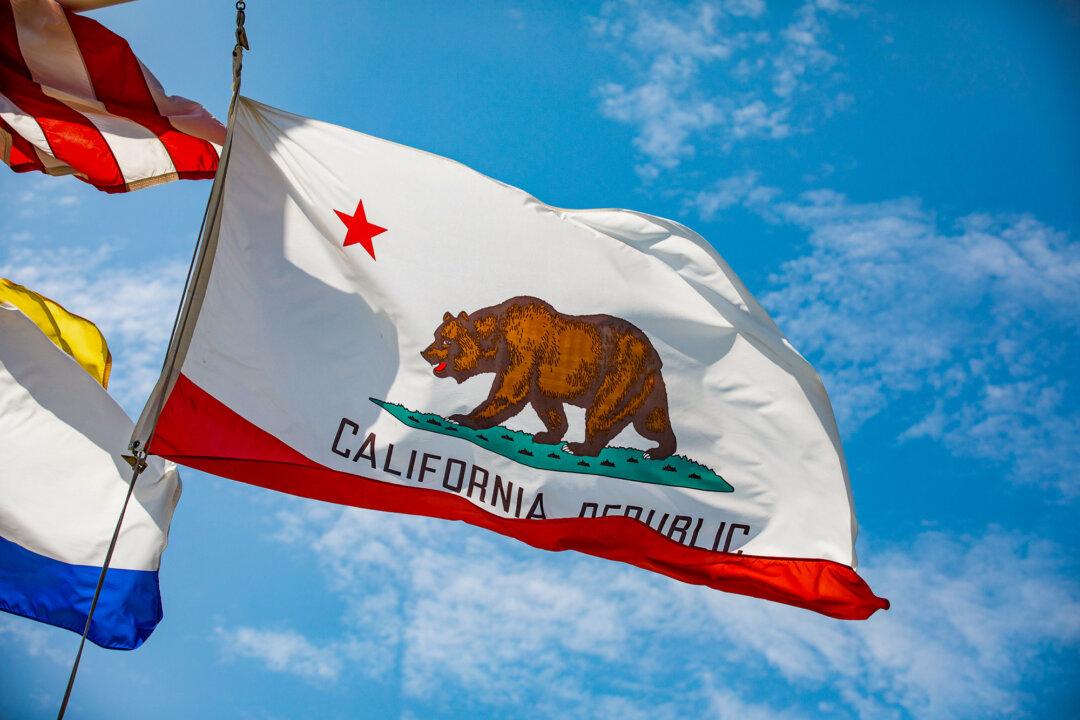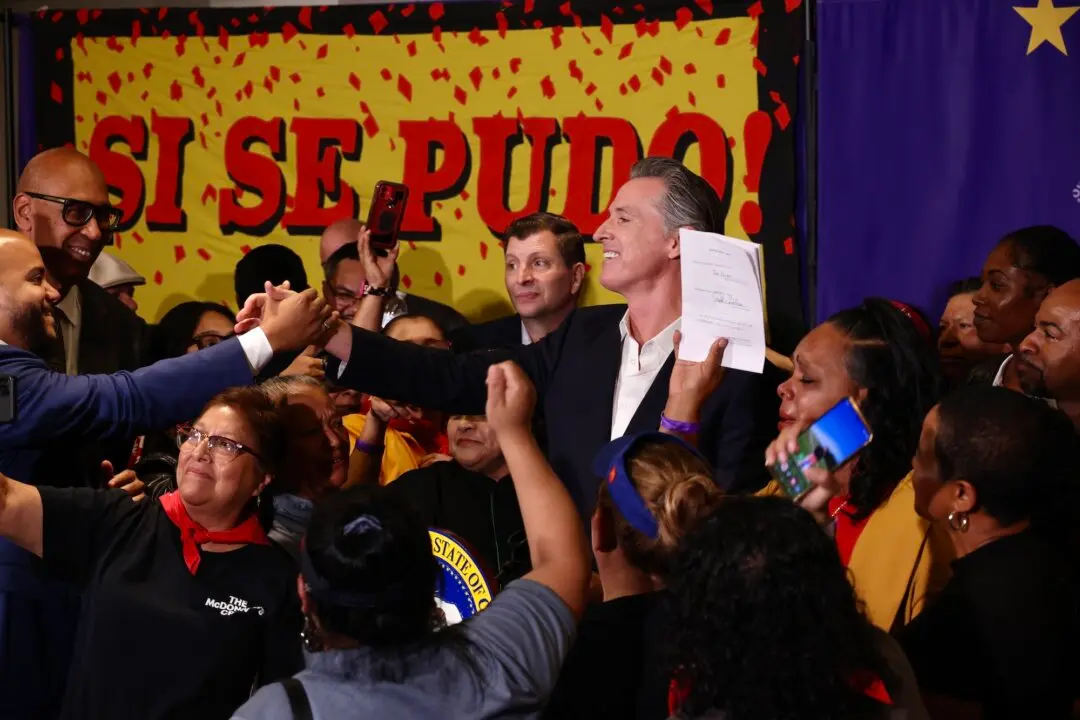Team USA brought home 126 medals—including 40 gold, 44 silver and 42 bronze—from the 2024 Olympics. As part of the closing ceremony Aug. 11, American R&B singer H.E.R performed The Star-Spangled Banner, marking a handoff from the City of Light to the City of Angels, host of the 2028 Games.
Many Team USA athletes were seen with hands over their hearts and tears in their eyes, not only at the closing ceremony but also each time The Star-Spangled Banner played during medal ceremonies.






